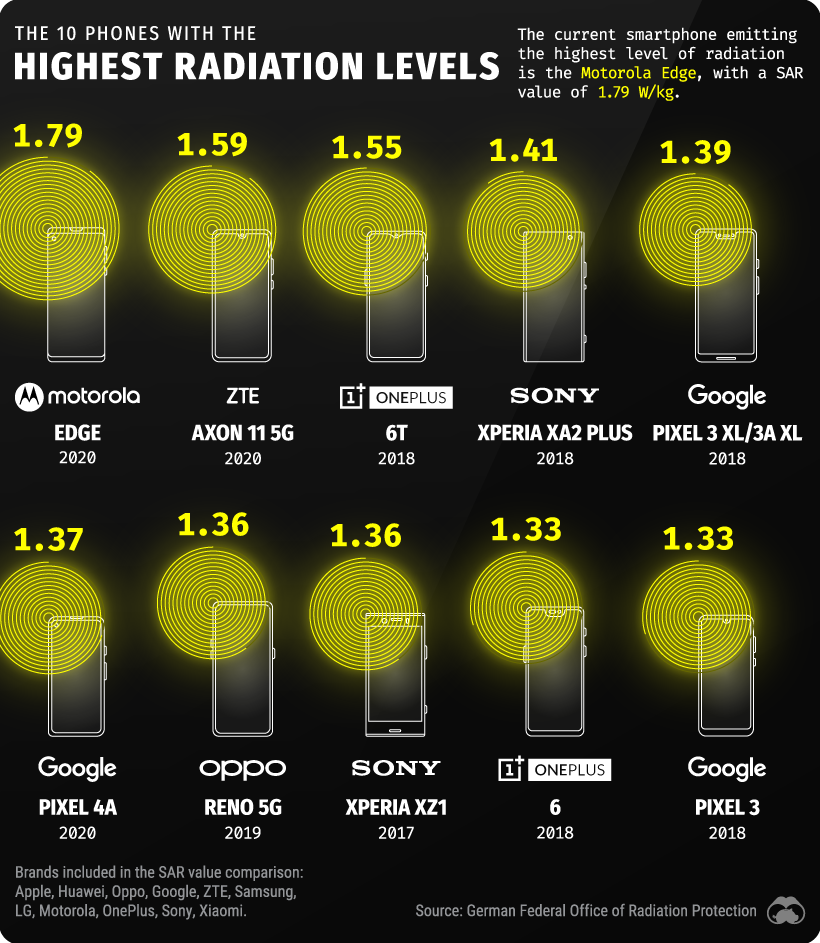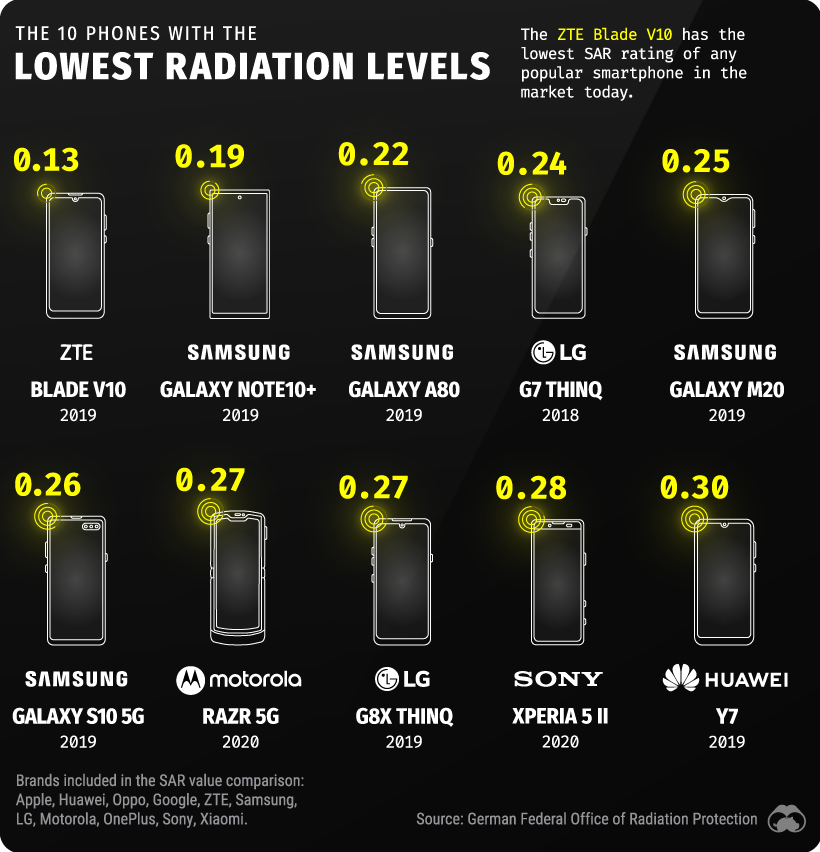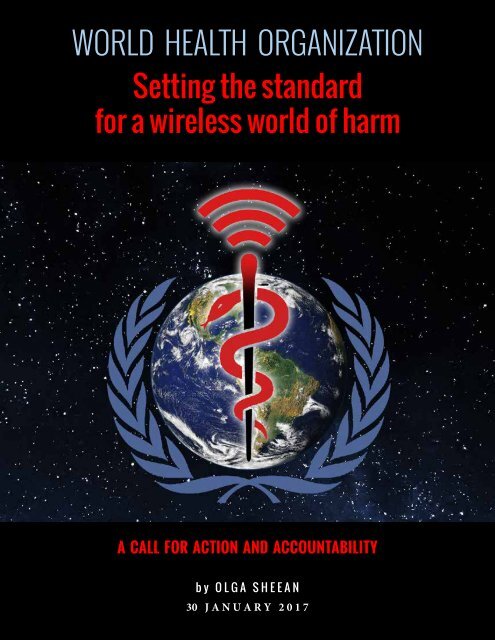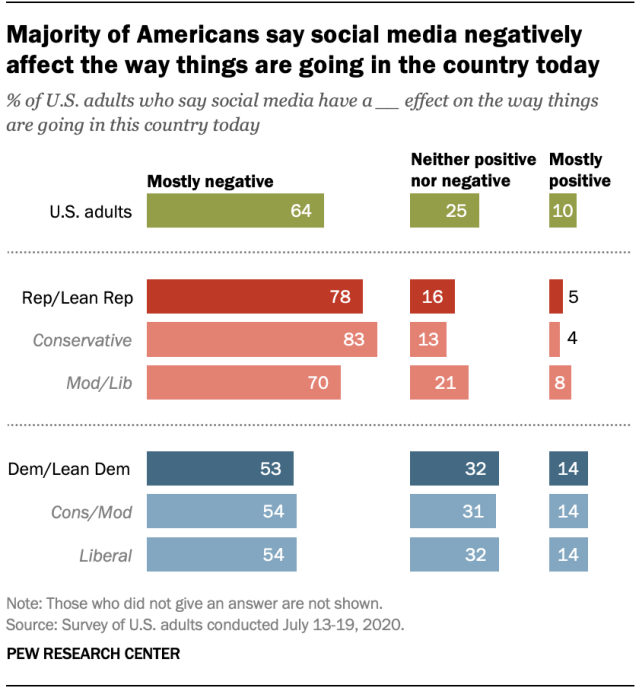A new study published in the journal Scientific Reports lends support to a body of research suggesting that reading on electronic devices reduces comprehension. The study found that reading on a smartphone promotes overactivity in the prefrontal cortex, less frequent sighing, and lower reading comprehension.
More than ever, people are reading via electronic devices — for example, consuming news, reading books, and studying for exams on smartphones and tablets. But on top of causing eye strain and headaches, research suggests that using these devices leads to poorer reading comprehension — although it is unclear why.
Study authors Motoyasu Honma and team launched a study to explore a possible reason for this effect. The researchers focused on two factors known to be associated with cognitive function and performance — the visual environment and respiration patterns. They proposed that the visual environment of reading on a screen may alter respiratory function and brain function, which may interact to impact cognitive performance.
“A woman working next to me was a constant loud sigher, and I began my research by wondering why she sighed so much,” explained Honma. “As I looked into previous studies, I became interested in the fact that sighing has a negative impression on social communication, while it has a positive effect on cognitive function. Now that I think about it, she may have been subconsciously using sighs to improve her work efficiency.”
A sample of 34 Japanese university students took part in the experimental study. Each student participated in two reading trials, where they either read a text on a smartphone or read a text on paper. The two texts were passages taken from two novels by the same author, and the conditions were counterbalanced so no student read the same text twice.
While the students read, they wore functional near-infrared spectroscopy (NIRS) headbands that measured activity in the prefrontal cortex and masks around the mouth and nose to measure respiration patterns. After reading, the participants completed a reading comprehension test that included 10 questions related to the content of the passages.
First, the findings revealed that the students performed better on the reading test if they had read the passage on paper versus a smartphone — regardless of which novel they read. This result is consistent with the literature suggesting that reading on electronic devices interferes with comprehension.
Next, the researchers found differences in students’ respiratory activity depending on the reading medium. When reading on paper, the students elicited a greater number of sighs compared to reading on a smartphone. A sigh was defined as a breath that was twice the depth of an average breath during a session.
The findings further revealed that the students’ prefrontal brain activity increased during reading, in either condition. But interestingly, this brain activity was higher when reading on a smartphone compared to reading on paper. Moreover, increased activity in the prefrontal cortex was associated with a decrease in sighing and lower reading comprehension.
While interpreting these findings, the researchers note that previous studies have suggested that people increase their sighing when facing demanding tasks that increase cognitive load. The elevated prefrontal activity among students reading on a smartphone may suggest increased cognitive load compared to reading on paper. But reading on a smartphone seemed to inhibit sighing compared to reading on paper.
“There is previous research that shows that even conscious deep breathing has a positive effect on cognitive function, so I propose that those who use electronic devices for long periods of time should include deep breathing in places,” Honma told PsyPost.
The authors suggest that the interaction between increased brain activity and decreased sighing may be responsible for the decline in comprehension. For those who read on paper, the moderate cognitive load led to sighing which may have helped “restore increased respiratory variability and control of prefrontal brain activity.” But for those who read on a smartphone, the more intense cognitive load prevented sighing, leading to elevated brain activity.
“The convenience of smartphones and other electronic devices is immeasurable, and I believe that much of what we do cannot be replaced by paper,” Honma said. “However, if both smartphones and paper can serve the same purpose, I would recommend paper.”
But it is currently unclear how age and familiarity with digital devices might influence the new findings.
“The participants were young people around 20 years old,” Honma noted. “They are the generation called ‘digital natives,’ but even so, I guess that they started using digital devices only around the time they were in middle or high school. In this regard, if someone has grown up exposed to a digital environment from the time of infancy, then the results may be more positive for smartphones, contrary to the results of this study. On the other hand, I am wondering to what extent our brain is a system that can adapt to the digital environment.”
While further research is needed, the findings shed light on a potential harmful effect of smartphones, which have been increasingly used during the pandemic. “If the negative effects of smartphones are true,” Honma and colleagues write in their study, “it may be beneficial to take deep breaths while reading since sighs, whether voluntary or involuntary, regulate disordered breathing.”
The study, “Reading on a smartphone affects sigh generation, brain activity, and comprehension”, was authored by Motoyasu Honma, Yuri Masaoka, Natsuko Iizuka, Sayaka Wada, Sawa Kamimura, Akira Yoshikawa, Rika Moriya, Shotaro Kamijo, and Masahiko Izumizaki.
Radiation Emissions of Popular Smartphones
Smartphones have become an integral part of our everyday lives. From work and school to daily tasks, these handheld devices have brought everything into the palm of our hands.
Most people spend 5-6 hours on their phones each day. And, given that our phones emit a tiny amount of radiation, we’re exposing ourselves to radiation for hours each day.
But different phones emit different amounts of radiation.
With the help of data collected by the German Federal Office of Radiation Protection, we visualize the radiation emissions of some popular smartphones in the market today.
Radiation and SAR Values of Smartphones
Smartphones and other mobile devices emit tiny amounts of radiofrequency (RF) radiation. Humans can absorb this radiation when the smartphone is being used or is lying dormant anywhere near their bodies.
The parameter used to measure phone radiation emissions is the Specific Absorption Rate (SAR). It is the unit of measurement that represents the quantity of electromagnetic energy absorbed by the body when using a mobile device.
The Council of the European Union has set radiation standards for cell phones at 2.0 watts per kilogram, measured over the 10 grams of tissue that is absorbing the most signal.
SAR values are calculated at the ear (speaking on the phone) and at the body (kept in your pocket). For the purposes of this article, we’ve used the former calculations.
Smartphones With the Highest Levels of
Radiation Emissions
The Motorola Edge has the highest radiation emission with a SAR value of 1.79 watts of radiation per kilogram. That’s significantly higher than most other smartphone models in the market today and close to the limits set by the EU for cellphones.
Coming in second is the Axon 11 5G by ZTE with 1.59, followed by the OnePlus 6T at a close third with 1.55 W/kg. The Sony Experia AX2 Plus with 1.41 and the Google Pixel 3 XL and 3A XL at 1.39 round out the top five.
Here is a look at the 10 smartphones that emit the highest level of radiation:
Now that we have detailed the worst offenders let’s look at the smartphones with the lowest levels of radiation emissions.
Smartphones With the Lowest Levels of
Radiation Emissions
The smartphone with the lowest SAR value is the ZTE Blade V10, with 0.13 watts of radiation per kilogram.
Mobile devices by Samsung carry some of the least radiation risk. The company has four phones considered to be the best in the category. The Galaxy Note 10+ is the best model in their line-up, emitting a meager 0.19 watts per kilogram.
Here is a look at the 10 smartphones that emit the lowest levels of radiation:
There is currently no significant research proving the harmful effects of phone radiation.
Despite this, people who are in contact with their devices for extended periods can at least quantify their radiation exposure and make choices about which brands serve their needs.






































No comments:
Post a Comment